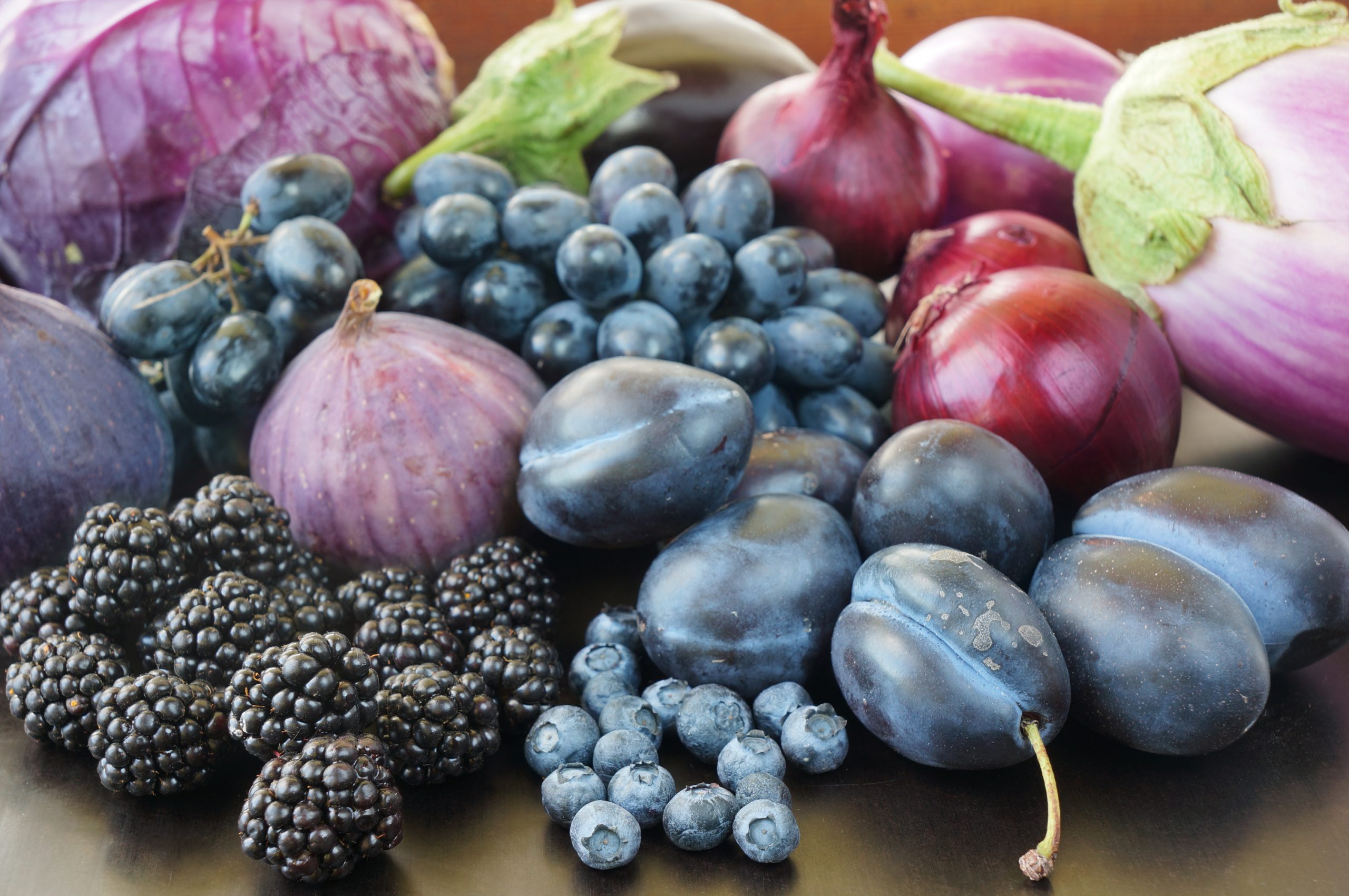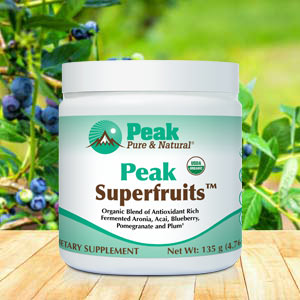Get Easy Health Digest™ in your inbox and don’t miss a thing when you subscribe today. Plus, get the free bonus report, Mother Nature’s Tips, Tricks and Remedies for Cholesterol, Blood Pressure & Blood Sugar as my way of saying welcome to the community!
How purple produce pushes back at blood sugar problems

If you’re looking to protect yourself from inflammation-related illnesses, you’ll want to have plenty of red, blue and purple on your dinner plate.
Fruits and vegetables with these color pigments contain anthocyanins, a group of polyphenol antioxidants that have a strong effect on cellular inflammation. Research shows that regularly eating foods rich in anthocyanins can lead to drastic reductions in acute inflammation and oxidative stress.
That’s likely why other studies have linked anthocyanins with benefits that affect cardiovascular function, risk of Parkinson’s disease, lung function, a strong immune system, slower aging, improved control over obesity and vision loss.
Anthocyanins also can reduce the risk of type 2 diabetes. And Finnish researchers have found that this benefit could be enhanced by a particular variety of these antioxidants…
Acylated anthocyanins may boost protection
In addition to their anti-inflammatory effects, anthocyanins have been found to reduce the risk of diabetes by affecting energy metabolism and the gut microbiota. The Finnish study showed this protective effect is increased when the anthocyanin is acylated.
When an anthocyanin is acylated, it changes its physical and chemical properties. Acylated anthocyanins are more effective antioxidants and can also improve the intestinal barrier. This is important because your intestinal barrier enables absorption of essential nutrients and an unhealthy intestinal barrier can lead to problems connected to leaky gut syndrome.
In addition, acylated anthocyanins have probiotic properties that help maintain balance in the gut microbiome, suppress inflammatory pathways and modulate the metabolism of glucose and lipids. That last part is especially beneficial for blood sugar problems.
“The latest research has shown that the acylated and nonacylated anthocyanins can impact type 2 diabetes in different ways,” says Kang Chen, a postdoctoral researcher at the University of Turku in Finland.
Best sources of acylated anthocyanins
Chen notes the plant’s genotype defines whether they produce acylated or nonacylated anthocyanins.
“In general, purple vegetables contain many acylated anthocyanins,” he says. “Also, purple potatoes, especially the Finnish variety called Synkeä Sakari, are abundant in acylated anthocyanins.”
The researchers say a large amount of acylated anthocyanins can be found in purple potatoes, purple sweet potatoes, red radishes, purple carrots and red cabbages.
By contrast, many berries, including bilberries and mulberries, contain mostly nonacylated anthocyanins. Two exceptions are blueberries and gooseberries, both of which appear to have a significant amount of acylated anthocyanins, according to earlier studies.
Previous research has found that anthocyanins can be degraded through high-temperature cooking methods. Interestingly, the Finnish researchers observe that acylated anthocyanins do appear to be more stable than their nonacylated counterparts when exposed to moderate heat.
Still, if you want to preserve maximum acylated anthocyanin content in your red and purple foods, it’s probably best to consume them raw or gently steam or boil them.
Editor’s note: Are you feeling unusually tired? You may think this is normal aging, but the problem could be your master hormone. When it’s not working, your risk of age-related diseases skyrockets. To reset what many call “the trigger for all disease” and live better, longer, click here to discover The Insulin Factor: How to Repair Your Body’s Master Controller and Conquer Chronic Disease!
Sources:
Purple Vegetables and Tubers Have Antidiabetic Properties — University of Turku
Anthocyanins as Promising Molecules Affecting Energy Homeostasis, Inflammation, and Gut Microbiota in Type 2 Diabetes with Special Reference to Impact of Acylation — Journal of Agricultural and Food Chemistry
Anthocyanin composition and content of blueberries from around the world — Journal of Berry Research
Anthocyanins in berries of ribes including gooseberry cultivars with a high content of acylated pigments — Journal of Agricultural and Food Chemistry














